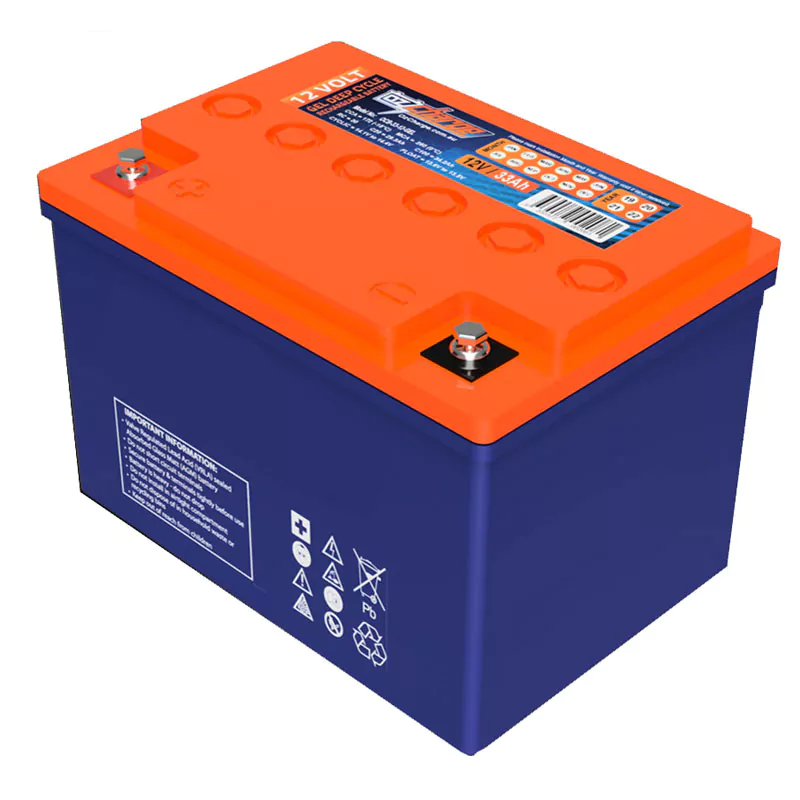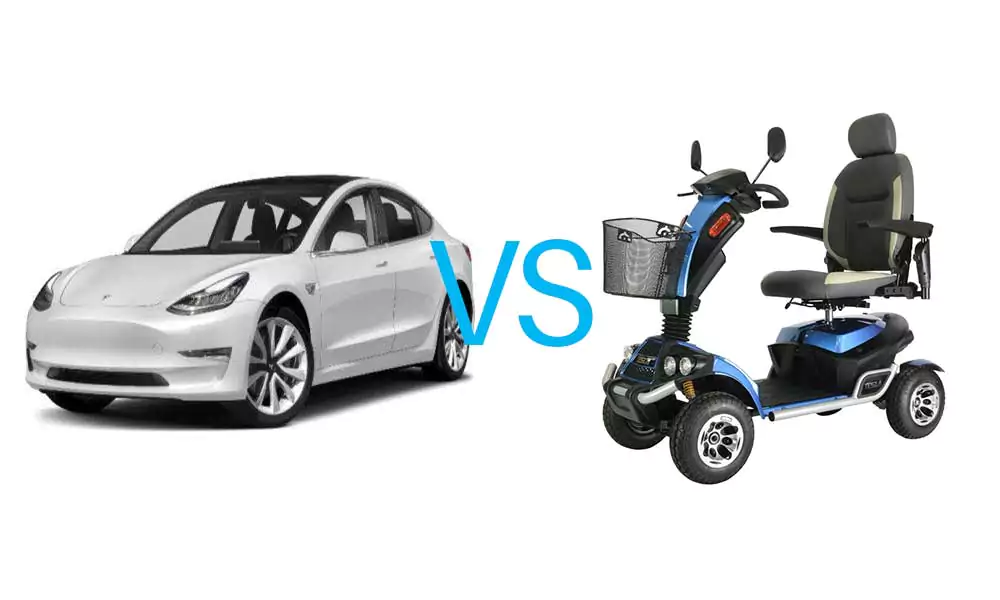
Batteries Explained
A crucial component of a mobility scooter is its battery. The battery determines how far you can go in between charges, and the quality of the battery also determines its lifespan – how long it'll last before you have to replace it.

A crucial component of a mobility scooter is its battery. The battery determines how far you can go in between charges, and the quality of the battery also determines its lifespan – how long it’ll last before you have to replace it. Both when you purchase your scooter, and when it comes time to replace the batteries, it can help to know a thing or two. Today, we’ll give you some brief details on the different types of batteries, their pros and cons, what customisations you’ll be able to make, and proper battery maintenance.
Most batteries fall in to one of two categories: Lead acid and Li-ion. The vast majority of scooters use lead acid. They are comparatively cheaper, but much larger and heavier, and also with a shorter lifespan. Unless you’re looking for specifically a travel scooter, you’re almost certainly going to be using lead acid batteries.
Li-ion batteries are lighter and smaller (about a third of the weight and size), even with the same power rating. They also last longer – up to 4 years. But they can be more than double the price of lead acid batteries. Because of these factors, Li-ion batteries are most commonly found on travel scooters. This allows for ease of transportation and lifting.
Customisations
Most models of scooter come with a stock battery option. But you can always choose something different – within certain bounds.
1. Scooters can’t switch between Li-ion and Lead acid.
Your scooter choice will determine which type of battery you’ll use. In some cases – for instance the Luggie Eco versus other Luggie models – you can make more or less direct substitutions where most of the scooter stays the same but the battery does not, but this is rare.
2. Not all scooters can fit all sizes of battery
Unless you’re using the very largest models, your scooter won’t actually be able to fit the larger battery sizes inside its sockets battery box. Small and medium sized scooters are restricted to the several sizes of batteries that can fit.
3. But if you want a longer range, go bigger
A larger battery means your scooter goes further between charges. Simple as that. Just remember that larger batteries come with larger price tags and are heavier.
4. AGM vs Gel
AGM and Gel are both types of lead acid. They work with basically the same principle: a liquid electrolyte between plates of lead. In the case of AGM, the liquid is infused in mats, and in gel, well, it’s in gel form. Gel batteries are more expensive, but they have both better range and lifespan.
5. What about brands?
Battery suppliers come and go, and their relative strengths and weaknesses come and go. At Scooters Australia, the brands of batteries we supply are constantly changing, depending on our assessment of these strengths and weaknesses. We’ve been in the game for 25 years, and we have a good sense of what will bring you the best value. So if you buy your batteries through us, you’ll get whichever brand we are stocking at the time.
6. What should I expect to pay?
There is a substantial range in prices. Smaller sizes can cost less than $200 for a pair, with the very largest nearing $1000. Li-ion batteries such as those used in the Luggie usually fall in the $700-$900 range. Expect to pay somewhere between $100and $400 per year for your batteries. Get in touch on 1300 622 633 for up-to-date prices.
Maintenance
Maintaining your batteries well means longer lifespan which means money saved for you. The key point to remember is that batteries last longer if they are stored in their charged state. This means that you should charge them after every usage, and around once per week if you’re not using them anyway.
It’s also very important to use the right type of charger – one specifically dedicated to your type of battery (li-ion or lead acid). Otherwise, the lifespan of your battery will be severely reduced. If you use the wrong charger on a Li-ion battery it will damage the battery immediately and may pose a safety risk. Check with us before you switch batteries or charger.
That’s all for today, happy scooting!
Share This:
Liked this article?
We have a lot more where that came from! Subscribe to our newsletter and we’ll send you our latest articles & offers, straight to your inbox.
You Might Also Like



